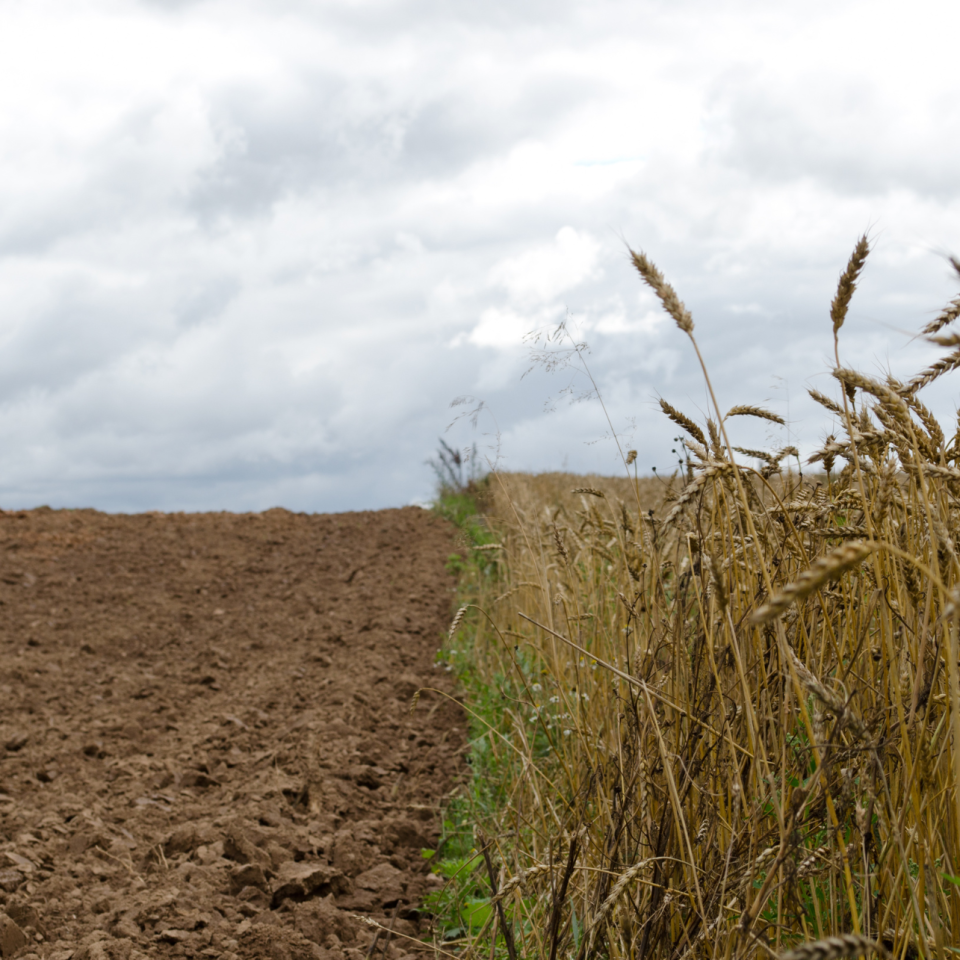
Plan Ahead: Why Post-Wheat Soil Testing is Key to 2026 Fertility Success in Southern Ontario
August 14, 2025
By Becky Laye, Sylvite
As we move into the latter half of the 2025 growing season, now is the time to look ahead and lay the groundwork for a successful 2026. One of the most valuable—and often underutilized—tools in a grower’s toolbox is timely, strategic soil sampling. For Southern Ontario farmers, especially those growing winter wheat, the period immediately after wheat harvest presents a prime opportunity for thorough and efficient soil testing.
Why Sample After Wheat Harvest?
Wheat fields are typically harvested earlier than corn or soybeans, giving growers a head start to evaluate soil nutrient levels and plan accordingly. Post-wheat sampling provides:
- Ample time for accurate sampling before soil conditions become too dry or compacted.
- Faster turnaround from labs due to reduced fall backlog.
- More time for decision-making—from variable-rate prescriptions to fall fertilizer applications.
By taking advantage of the post-wheat window, you gain a clearer picture of nutrient status and can make informed decisions before the next crop cycle begins.
Precision Matters: Zone and Grid Soil Sampling
At Sylvite, we specialize in zone and grid soil sampling, which offer more precision than traditional composite methods. These approaches allow us to map field variability and customize fertility plans down to the acre.
- Grid Sampling breaks a field into uniform blocks—typically 2.5-acre or 5-acre grids—for consistent, data-driven insights.
- Zone Sampling uses yield maps, soil type data, topography, and other layers to define management zones for more targeted analysis.
Both methods provide a solid foundation for variable-rate fertilizer applications, helping reduce input costs and environmental impact while improving yields.
Building a Fertility Plan for 2026
The goal of soil testing isn’t just to collect numbers—it’s to build a proactive, field-specific fertility plan. This includes:
- Identifying nutrient deficiencies or surpluses.
- Balancing pH and organic matter levels.
- Tailoring inputs to crop rotation plans (corn, soybeans, wheat, etc.).
- Optimizing input timing for both fall and spring applications.
Soil test results provide the starting point for a 2026 fertility strategy that maximizes return on investment.
Don’t Wait Until Fall
Many growers delay sampling until late fall—but by then, weather and field conditions can interfere. Post-wheat sampling is an efficient way to stay ahead of the curve, reduce in-season pressure, and make fertility planning part of your broader cropping strategy.
Let’s Talk About Your Fields
If you’ve harvested wheat and are looking to improve soil health, fertility management, and overall profitability in 2026, now is the time to sample. Reach out to your Sylvite Rep to schedule your zone or grid soil sampling and get started on a data-backed fertility plan tailored to your farm.